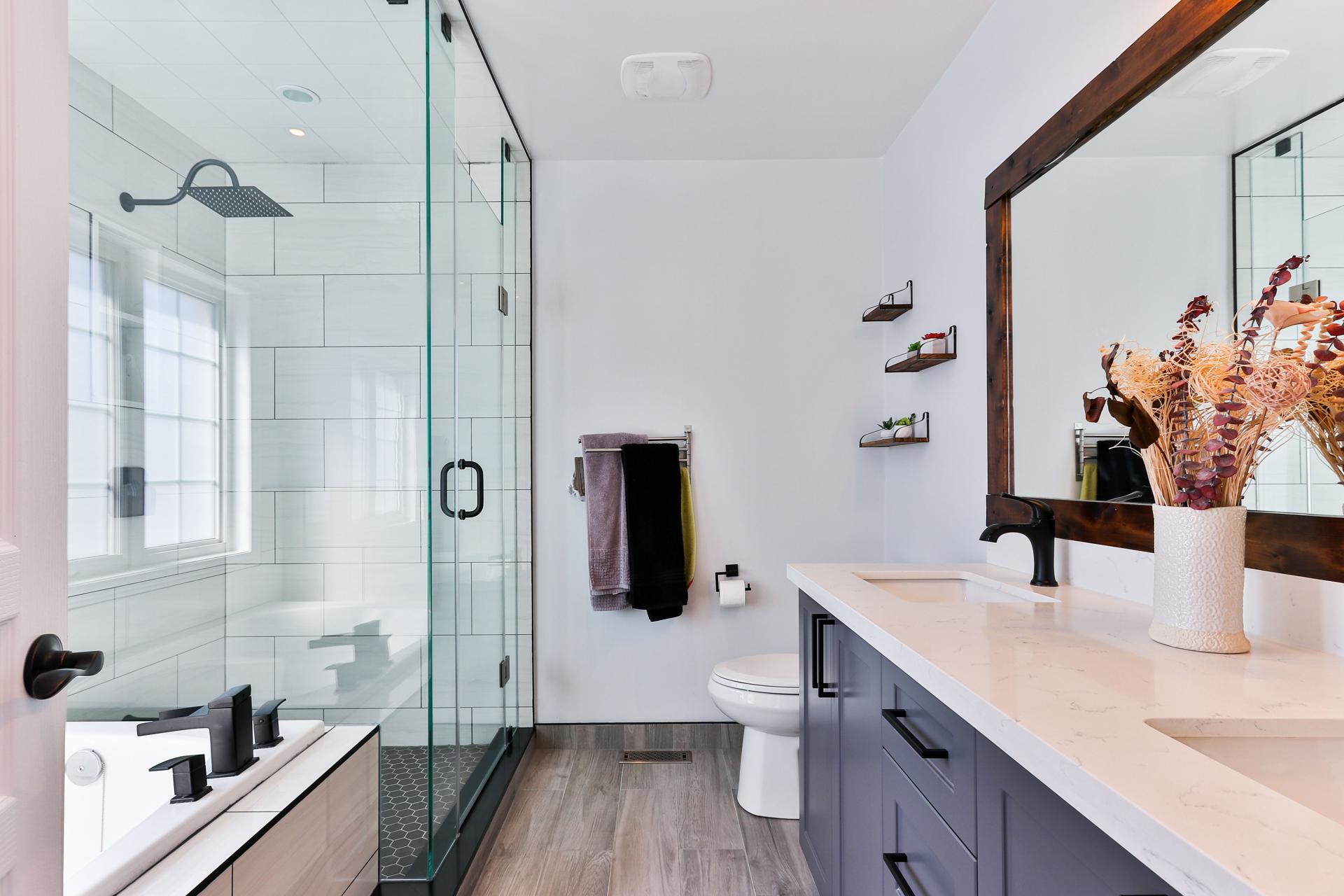All You Need to Know Regarding Hot Water Plumbing 101: The Essentials

Plumbing for hot water is an integral part of daily life. It is essential to have hot water for a variety of reasons, such as showering, cleaning dishes, and even doing laundry. In this article, we’ll give you a basic understanding of the way hot water plumbing functions.
Hot Water Plumbing Basics
Hot water plumbing refers to the plumbing system that distributes hot water to different parts of a structure. It differs from cold water plumbing because it requires heating water prior to being distributed throughout the building. The main components of a hot-water plumbing system are the pipes, water heaters, valves, and fixtures. The water heater is the primary component of a hot water plumbing system. It is the one that heats the water and stores it until it is needed. The pipes carry hot water from the heater to fixtures, such as faucets and showers. Valves are used to regulate the flow of hot water while fixtures are used to disperse hot water to various parts in the construction.
Types of Hot Water Heaters
There are three primary types of water heaters available on the market including tankless, storage tank and heat pump water heaters. Tankless water heaters heat the water on demand and don’t store hot water. Storage tank water heaters store hot water in tanks until it is required. Heat pump water heaters use electrical energy to transport heat to ground or the air to warm the water. Every type of hot water heater has its advantages and disadvantages. Tankless water heaters use less energy and last longer however they are also more expensive. Tank water heaters for storage are less expensive but are less durable and aren’t as efficient in energy use. Water heaters with heat pumps are the most energy efficient, however they might not be appropriate for colder climates.
Hot Water Plumbing Maintenance
Regular maintenance is essential for ensuring that your hot-water plumbing system is operating well and effectively. A few suggestions for maintaining the hot water plumbing system includes checking for leaks and flushing the tank and replacing the anode rod. It is crucial to check for leaks to avoid water damage and to ensure it is the case that your plumbing for hot water is not using up water. Cleaning the tank gets rid of minerals and deposits of sediment, which reduces the effectiveness that the heater is able to provide. The anode rod was designed to resist corrosion and must be replaced every few years.
Troubleshooting hot water plumbing issues
Common problems that arise in hot water plumbing systems include lack of hot water or low water pressure. If you notice a shortage or lack of hot water it may be caused by an inoperative heating element or a faulty thermostat. Low water pressure can result from a blocked pipe or valve. If you encounter one of these problems it is recommended you seek out a qualified plumber to determine and fix the issue.
Conclusion
Understanding the way that hot water plumbing functions is essential for ensuring your plumbing is functioning correctly and efficiently. regular maintenance, as well as troubleshooting are also essential to prevent issues and extend the life span of your hot-water plumbing.
The Hot Water Plumbing FAQ
How long can an electric water heater last?
The lifespan of hot water heaters varies on the model and the type. On average, a tank water heater can last between 8 and 12 years, while tankless water heaters can last for up to 20 years.
What can I do to determine if the hot water heater in my home needs to be replaced?
The signs that your hot water heater might need to be replaced include rust or corrosion around the tank’s tank, leaks, strange sounds, and a deficiency in hot water. If you encounter any of these problems it is suggested that you consult a professional plumber.
